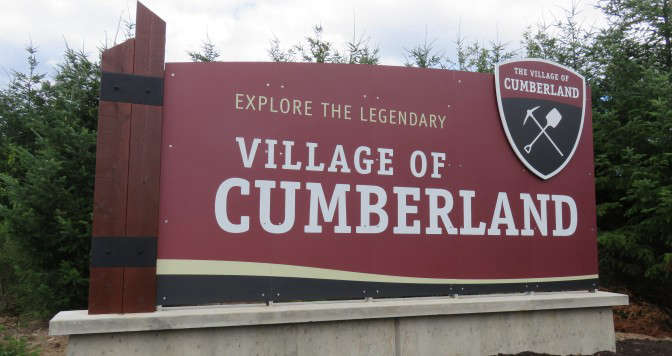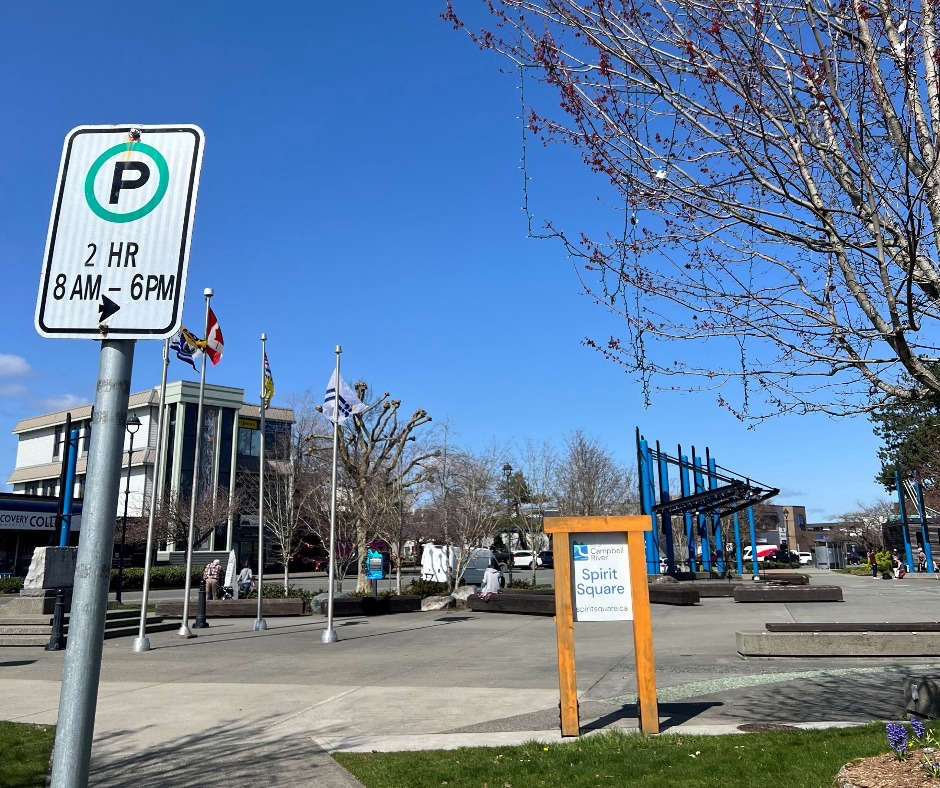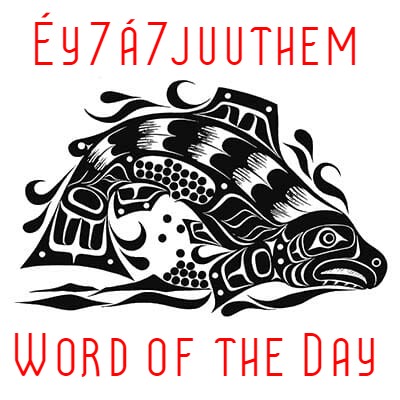
BC's Minister of Indigenous Relations and Reconciliation issued a statement yesterday marking the 25th anniversary of the historic Delgamuukw decision.
In 1984, the hereditary chiefs of the Gitxsan (Gitksan) and Wet’suwet’en Nations filed a land title action to claim 58,000 hectares of land.
Gitxsan Hereditary Chief Simo’ogyet Delgamuukw (Earl Muldoe) and Wet’suwet’en Hereditary Chief Dini ze’ Gisday’ wa (Alfred Joseph) were claimants who filed on behalf of their Nations and Houses.
There are many other claimants named in the land title action, which you can view here.
The historic case had multiple provincial and federal components, and ultimately culminated in a groundbreaking SCC ruling on December 11, 1997.
The ruling contained the first legal definition of Aboriginal rights and title in Canada and determined that rights and title were not extinguished when British Columbia joined confederation.
The SCC observed that Aboriginal title constituted an ancestral right protected by section 35(1) of the Constitution Act, 1982.
The court also observed that British Columbia had no authority to extinguish aboriginal rights either under the Constitution Act, 1867 or by virtue of s.88 of the Indian Act, 1985.
The rulings transformed the understanding of Indigenous rights and title in Canada.
Murray Rankin says the landmark Supreme Court of Canada decision was a ``foundational shift in Canada's jurisprudence.’'
Murray says the province’s approach to reconciliation with Indigenous Peoples has evolved considerably, adding negotiations and collaboration are the best ways to work through difficult issues together.
The Supreme Court decision, delivered December 11th, 1997, became a critically important precedent for how Indigenous rights are understood and applied in the courts.

 First Nation Leadership Council Calls For Conservatives To Pull North Island-Powell River Candidate
First Nation Leadership Council Calls For Conservatives To Pull North Island-Powell River Candidate
 North Island-Powell River All Candidates Debate At Sunday At Tidemark Theatre
North Island-Powell River All Candidates Debate At Sunday At Tidemark Theatre
 Cumberland Residents Are Encouraged To Report Incidents To The RCMP
Cumberland Residents Are Encouraged To Report Incidents To The RCMP
 Training Exercise Today At 19 Wing Comox And Seal Bay Nature Park Area
Training Exercise Today At 19 Wing Comox And Seal Bay Nature Park Area
 Campbell River Extends Downtown Parking Time Limits
Campbell River Extends Downtown Parking Time Limits
